Part III: Game and Toy Informed Art Projects
Gaming your Pedagogy:
Taking inspiration from games, toys, and play in the art classroom
Renee Jackson is an Assistant Professor and Program Head of Art Education at Tyler School of Art and Architecture, in the Art Education and Community Arts Practices Department at Temple University. She is an artist, critical feminist pedagogue, and scholar, whose research interests relate to the disruption of oppressive mechanisms in education and the integration of game-design and game-play as collaborative art forms and learning tools, in support of this goal. Jackson has worked as an art educator for 21 years at all levels and in various contexts.
Part 3: Game and Toy Informed Art Projects
For this entry, I am simply going to share some game and toy informed art projects that took place at the elementary and secondary levels. These projects can be adapted for various grade levels, but I have included the grades I worked with originally and their examples captured in the photographs. Various media and skills/techniques can be applied to most projects, so I am listing objectives related primarily to understanding and knowledge, rather than the art skills/techniques involved.
1. Chess and Hierarchies (Grade 4/5)
Rationale: The purpose of this series of lessons is to create an understanding of hierarchic societal structures and to generate dialogue around the hierarchies that impact us every day. Societies in the global north are structured in this way leaving few in “control”, with the benefit of financial gain, and the rest lacking control and power. A healthy, caring society would function in a more interconnected, interdependent way. Chess is a game that encapsulates this hierarchical construction and provides the opportunity for discussion and analysis of everyday hierarchies in our lives.
Project: Students create their own chess set with a sculpting material like clay or Sculpey. They use form and color to create pieces that symbolize elements related to their selected hierarchy.
Objectives
- Students will know that the game of chess is based on Medieval societal structure
- Students will make contemporary parallels to the medieval structure of the chess set
- Students will develop an understanding of systems of power
- Students will research/consider/discuss strategies for disrupting systems of power
- Students will be able to use sculptural forms to symbolically represent a set of hierarchies that parallels a chess set
- Modes of Transportation by Geneva (pedestrians; cars; buses; airplanes; canoes) by Geneva
- Fashion by Soomin
- Sea creatures by Nicole
- Society/social structures by Maggie (people without housing; police; judges)
- Zelda Characters and gender stereotypes by Ziva
2. Conversation Cards (Grade 10)
Rationale: The purpose of this series of lessons is to identify trademarks of Medieval art, form an understanding of the creative process, and facilitate a philosophical understanding of the idea that a conversation is almost like having an internal deck of cards. This deck of cards evolves as we grow and experience, and when we chat with someone, it is as if we play cards that connect in various lateral ways with what the other person is saying. What happens when we don’t connect? How do we come to understand someone else’s deck of cards? How do we learn and incorporate new cards into our deck?
Project: Various media, art, and resources can be the leaping point for inspiration for this project. In the images pictured here, we were making connections to Medieval art in terms of symbolism and style and exploring pen and ink. Students created a set of cards with borders and symbols representing things about themselves (interests; experiences; opinions). On the back, they briefly describe what they have represented. Students can sit together and play and talk beginning with a random card, and the goal of simply making various types of literal and lateral connections. Other cards can be drafted/developed as a result of conversations while they are taking place. This can be played in public as performance art, and many interesting experiments and versions of “the game” can take place. For example, attempting to play “disconnected” cards or cards that might be considered opposites….
Objectives
- Students will develop an understanding that we are constantly evolving as individuals experiencing the world, and our “decks of cards” grows and changes
- Students will develop an understanding that games can be an interesting framework through which to consider life metaphorically
3. My Ultra-Favorite Animal Trading Cards and Action Figures (Grade 4/5)
Rationale: The purpose of this series of lessons is to encourage the students to consider the details they appreciate and are fascinated by regarding animals and insects. Through discussion, students will learn about the details appreciated and celebrated by their peers, ideally reinforcing the collective overall appreciation and respect for animals. They will combine their favorite animals to invent a new “ultra-favorite” animal. These new animals will be made into a deck of trading cards, and as an extension, action figure versions will be made as well.
Project: In this case, though many media can be applied, students used pen and ink and watercolor to draw their hybrid creature. Students invented a new name based on the chosen combination of animals. Inspired by game cards like Magic: The Gathering, Yugioh, Dungeons and Dragons, and more traditional sports trading cards, students collectively decided categories for a series of statistics and details about their creature on the back of the card (ie/ what they eat; strength, etc….). Students can invent games with their cards inspired by games that exist, or potentially invent a whole new approach!
Objectives
- Students will consider what they value about animals and consider ways that they can care for animals
- Students will be able to explain some contemporary animal situations (ie. Endangered species, overpopulation, etc….)
- Students will know various types of trading cards and game cards and the various ways they are played and used
- Students will know how to create a pattern and a border by applying elements/details related to their animal drawing (visually or symbolically)
Action Figures
- Students will be able to create a 3d version of their 2d ultra-favorite animal trading card
4. Found Object Toys: Customized Toys and Resourcefulness (Grade 11/12)
Rationale: The purpose of this series of lessons is to explore toys as an art form around the world. Found object toys will be designed for a specific child with specific needs in an orphanage in Mthatha, South Africa. My friend who is a nurse will be sending us the profiles of the children, and we will send them the custom-designed toys in the mail. This project is inspired by Renee Forrestall who invited my class to engage in a similar project in my Inclusive Arts Class during pre-service teacher training. We will be considering the importance of senses and sense stimulation towards the development, understanding, and navigation of the world.
Project: The important artistic skill the students will be developing for this project is resourcefulness. All toys designed will be made out of found objects/recycled material. Students will develop the understanding that nations in the global north are raising consumers as opposed to problem-solvers. Generally speaking, in this context, if we need something we buy it as opposed to figuring out how to work with what we have. Examples of resourcefulness across the global south will be shared. Habits of consumption affect the way people think, as well as relationships/connections with the surrounding environment.
Objectives
- Students will be able to make assemblages or construction sculptures (using wood, wire, or textiles);
- Students will be able to analyze the relationship between the works of an artist or designer and his/her culture
- Students will have an understanding of the importance of resourcefulness in art and life
- Students will know that the line between art and design is fine
- Students will be able to identify “toy” art by contemporary artists and folk artists locally and internationally
- Students will know that the word normal is dangerous and will develop an understanding of its implications
- Students will design a toy for a specific child who has developmental challenges and will use their creative capacity while considering the child’s specific situation
5. Found Object Toys: Punk and DIY Culture (Grades 3-6)
Rationale: The purpose of this series of lessons is to develop the part of the imagination required to support the skill of resourcefulness. At the heart of punk rock – DIY, or do it yourself, you find a rebellious spirit. DIY culture means you don’t buy things, you make what you need. The fact that we buy everything we need and use really affects the way we think and feel. If items are disposable, and our main goal in life is to buy stuff, how does that affect the way we treat objects and people? How does that affect our appreciation of life and the world? How does this affect our creativity and problem-solving skills?
Project: The purpose of this project is to discuss the importance of rebelling against the system, to listen to punk to support this, and to recognize the DIY the importance and fun of doing and making things for ourselves, in the form of games and toys.
Objectives
- As a result of these lessons, students will have an awareness of the importance of making toys and games for themselves rather than relying on purchasing them
- Students will develop an understanding of Punk/DIY culture. And make contemporary parallels
- Students will know that some toys and objects are made in factories by children their own age because it’s cheaper
- Students will have an awareness of the connection between their actions in the world and the way they think (for example they will know that buying pre-fabricated toys all the time can limit their capacity to imagine and the ability to build and repair things for themselves)
- Students will know how to build toys that won’t fall apart easily using a selection of basic tools
- Students will know that games and toys can be made from very basic found objects, and will learn to pay closer attention to the objects in the world around them and to recognize the potential of objects to play this role
6. Found Object Dolls or Action Figures and their Style (Grade 7/8)
Rationale: The purpose of this series of lessons, is to develop the part of the imagination required to support the skill of resourcefulness.
Project: We will be creating a wide variety of types of dolls/action figures using recycled and found materials. This supports our underlying broader theme, seeing potential.
Objectives
- The purpose of this lesson is to acknowledge the importance of resourcefulness
- Students will know multiple approaches to attaching various materials sturdily, and with movement
- use the appropriate tools, materials, and techniques correctly, selecting those that will create the desired effect (e.g., use splatter painting or dry brush technique to represent the rhythms, melody, and dynamics in a piece of music).
… and their Style….
Rationale: This project will provide students with the experience of fashion design from the planning stages through to the actual creation of an entire outfit, in miniature, for their found object doll/action figure. Students will create profiles for their found object doll clients from which to build the style of their client. These profiles will be built by selecting a random place in the world by pointing blindfolded at a map. Names will be established from random dictionary word selections. The taste of the client will emerge by drawing a favorite color, texture, shape, and object from a hat.
Objectives
- As a result of this lesson, students will know how to sew by hand using a few basic stitches
- Students will have an awareness of the importance of the process leading to a final product
- Students will know how to create a pattern with which to make clothing
- Students will be aware of the fact that every detail matters – choices communicate information
- Students will make literal and metaphorical connections between their client profiles and style choices
7. Cracking the Secret Codes (Grade 10)
Rationale: This project involves learning about the history of secret codes and the different approaches taken to develop them and to send covert messages. Various stories and roles related to codes will be explored, and ideas about how we may use them in contemporary art and everyday circumstances will be discussed.
Project: Students will develop their own coding system and write a coded message that will then be hidden within an everyday object related to their message. Students will exchange these objects and engage with the challenge of decoding the message.
Objectives
- Students will develop an understanding of various approaches to and purposes for developing secret codes both historically and in contemporary circumstances
- Students will understand that this is a tool they can incorporate into interactive works of art through which they can send secret messages based on a theme of their choice
- Students will be able to develop their own code and hide it in an everyday object related to their message
8. Thinking through Water (Various Grades, Elementary)
Examples by pre-service elementary generalist teachers @ McGill University
Rationale: Water is a necessary component of all life yet approximately a billion people in the world do not have access to clean and safe drinking water. In a country where clean water is widely available, this series of lessons is meant to first increase childrens’ appreciation and understanding of water, before developing their understanding of global water issues.
The purpose of this strategy is consistent with a place-based approach to environmental education, wherein learning about issues from a local perspective is encouraged to keep issues from becoming abstract and disconnected.
Project: For this project, Students collaboratively create intervention art in the form of a boat that floats and is made from found material. They will add a captain and a key message about water that they would like to share with the school community. Boat races will be held outdoors in puddles or areas at the school where water might be found to promote their messages. As intervention works, the boats will then be left around the school where water is used/found to share the key messages about water with the rest of the school community.
Objectives
- As a result of this lesson, students will know whether a variety of materials sink or float in water
- By collectively developing two strategies, students will know and share two strategies for helping them to work collectively
- Students will have an understanding of what it means to respect the water and will know practical strategies for showing respect to water
- Students will be able to build a small floating boat that carries a message about water
- Students will know what intervention art means
This series of lessons was originally inspired by a game developed by Decode Global called Get Water! The game is no longer available, but the unit/series of lessons, “Thinking through Water” can be used regardless – I have included it here for anyone interested. This final project example that I have shared comes from this series of lessons. This project segues nicely into the fourth and final installment in this Gaming your Pedagogy series: Integrating video games into art curricula. Video games can be a source of inspiration for art educators and art students in a wide variety of ways including making art inspired by a video-game-like Get Water!, making art by messing with video games, creating pixel art, designing video games, and even developing approaches to feedback/evaluation! I will explore some of these options next month.

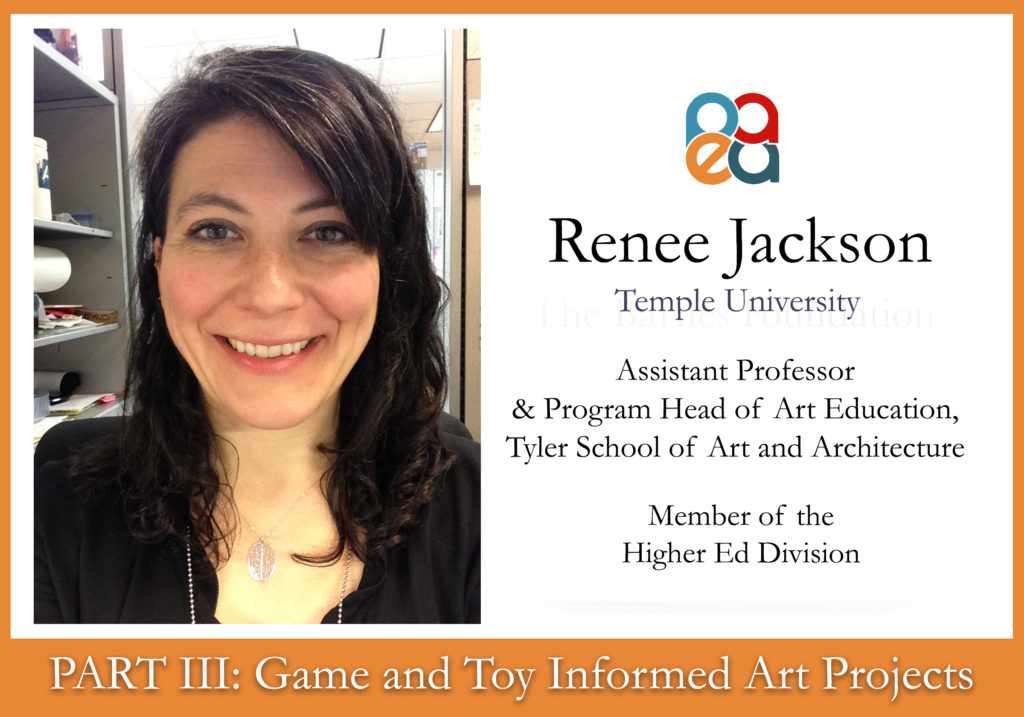
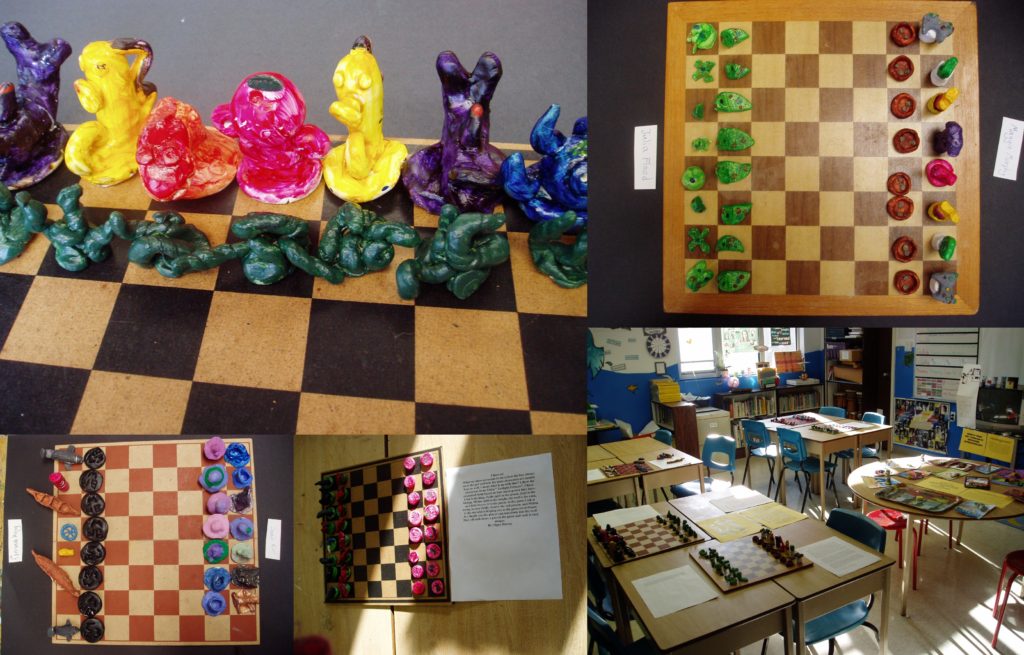
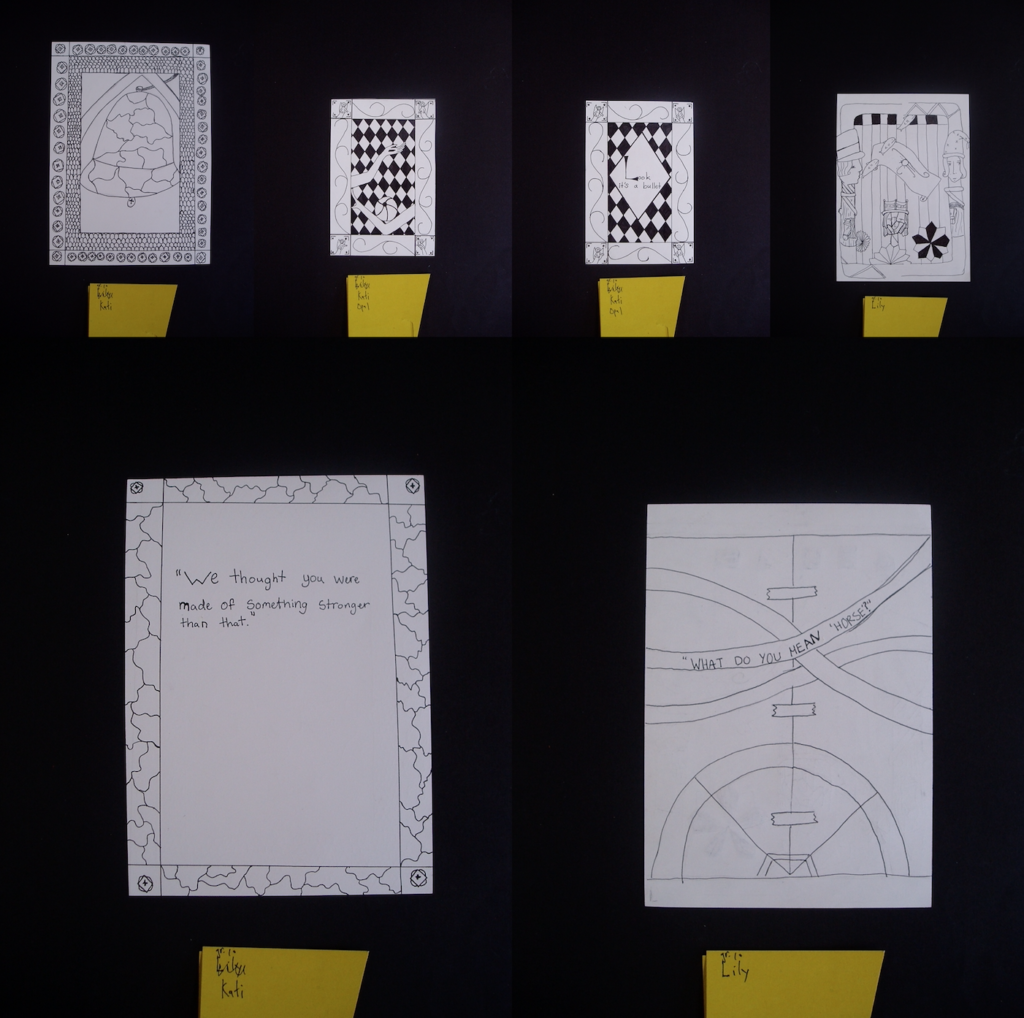
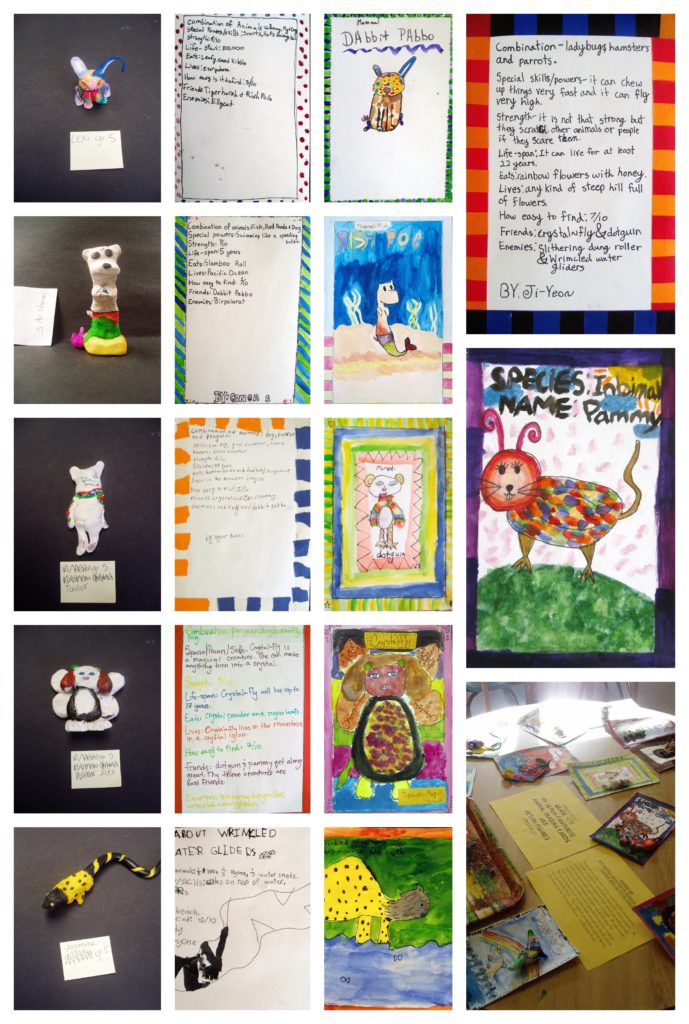
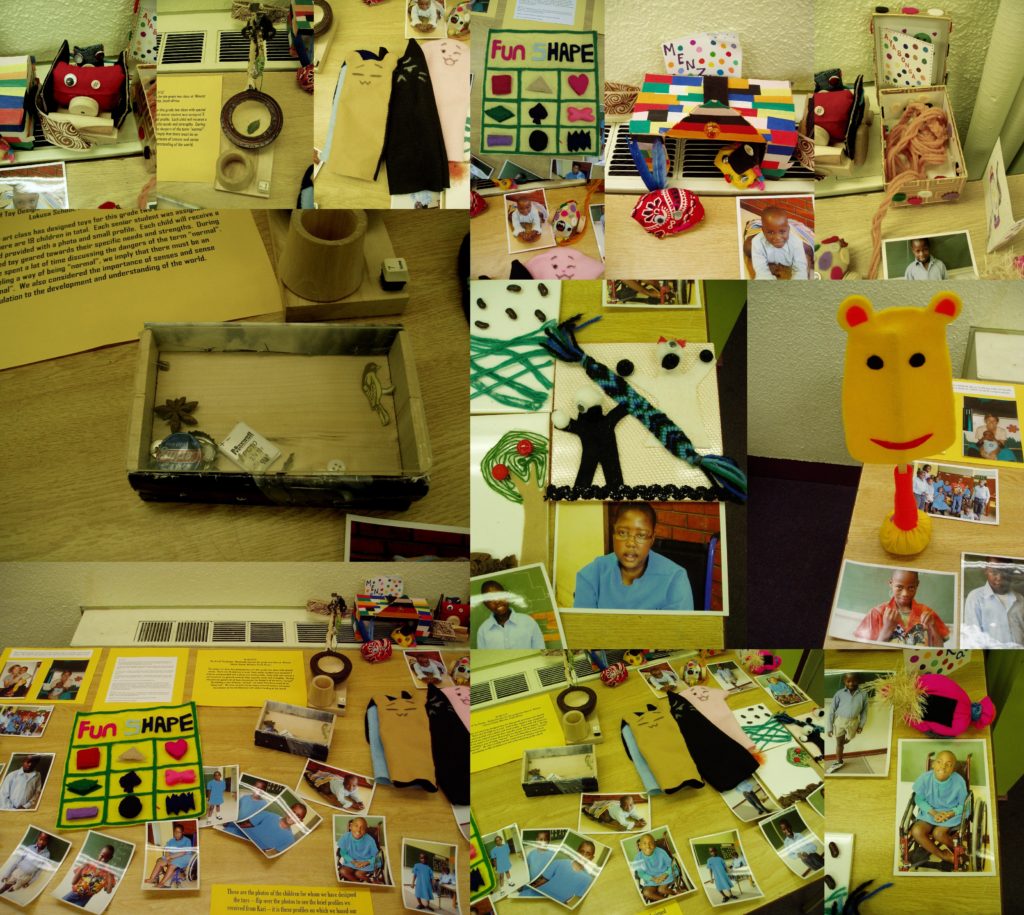

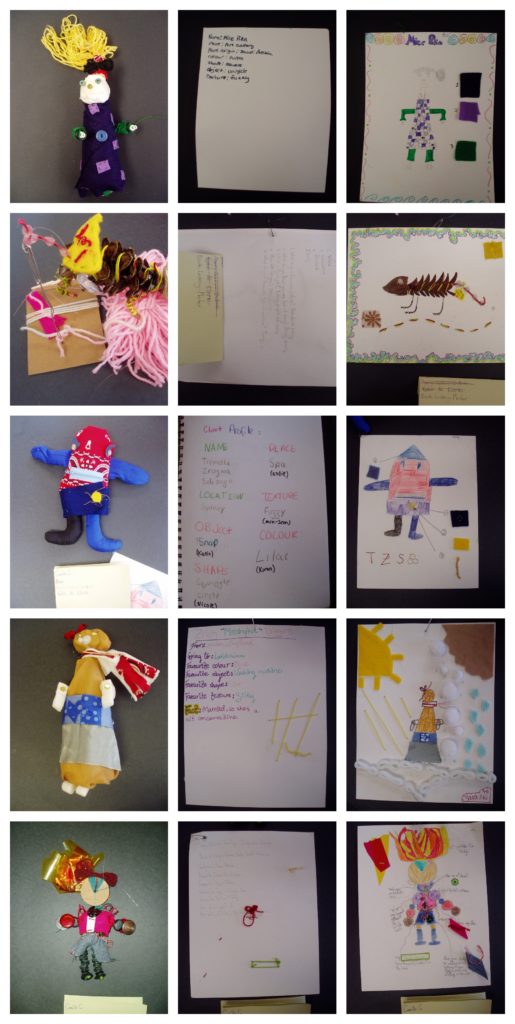

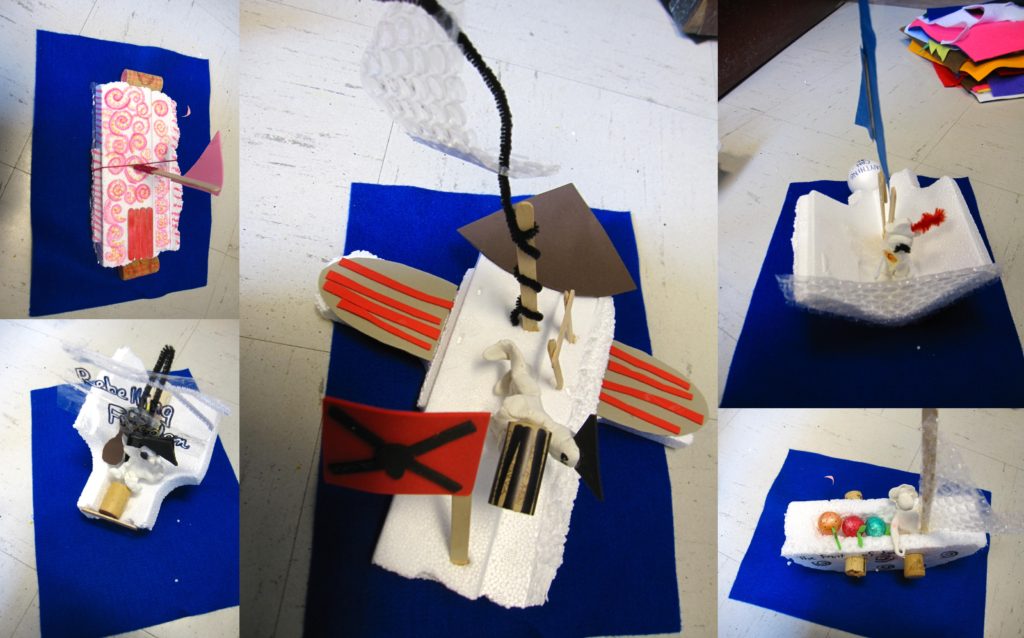
 D5 Creation
D5 Creation